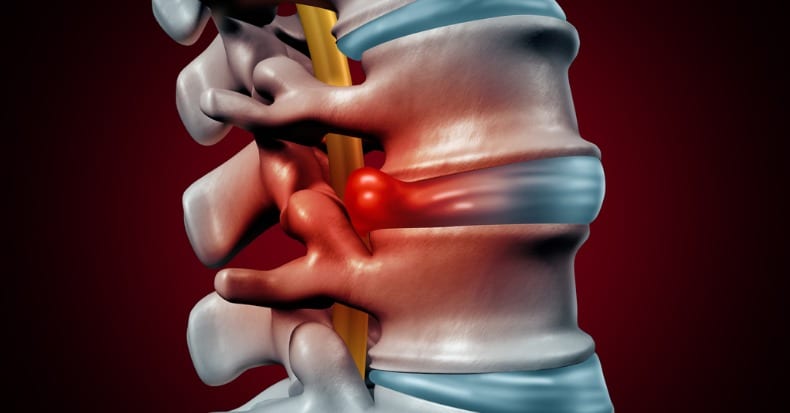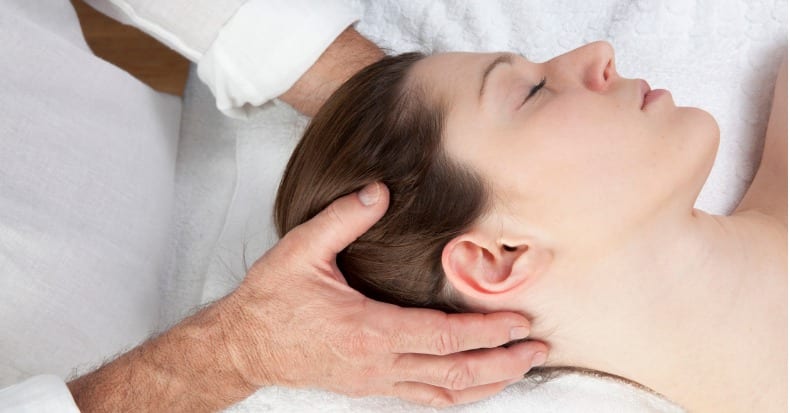Newest Articles
It stands to reason the more an intervertebral disk herniates, the more it will compress the spinal nerves, leading to a greater likelihood for surgical intervention. But what if that isn’t the case?
The current standard treatment of lumbar disk herniation (LDH) involves FIRST the initial use of non-surgical care for at least six weeks. [..]
Migraine headaches can have a serious impact on one’s quality of life and their ability to carry out their daily activities, both at home and at work. While chiropractic care has been demonstrated to be effective for tension-type and cervicogenic headaches, what does the literature say about its effect on migraines?
The first thing to [..]
Carpal tunnel syndrome (CTS) is the most common peripheral neuropathy—or pinching of a nerve outside of the spine—affecting between 3-6% of the population. While we usually focus on how carpal tunnel syndrome is managed, in this article we’re going to focus on why CTS is one of the costliest musculoskeletal disorders.
The symptoms associated with [..]
Hip pain is a VERY common problem among older adults that can affect their ability to remain independent. While it’s common to assume that hip osteoarthritis (HOA) is responsible for the prevalence of hip pain in the aging population, the Framingham Osteoarthritis Study (FOS) found this isn’t always the case.
The authors of the FOS [..]
Infantile colic (IC) is a distressing common childhood condition that affects 5-20% of infants. The condition is characterized by excessive crying, fussing, and irritability during the first five months, often with no obvious cause.
Over the last fifty years, researchers have sought to understand the cause of infantile colic. Some hypotheses include formula intolerance, an [..]
Several studies have found that a treatment approach that combines specific exercises with spinal manipulation, mobilization, and nutrition is often ideal for reducing pain and improving function in patients with low back pain. But how does your doctor of chiropractic know which low back exercises to recommend and which to avoid? The answer: it depends. [..]
A myofascial trigger point (TP) is a hyper-irritable area in skeletal muscle that is commonly detected by palpating (feeling with the fingers). Although more sophisticated ways exist for locating TPs—ultrasound, microdialysis, electromyography, infrared thermography, and MRI—palpation remains the most utilized due to its simplicity, efficiency, and low cost. For patients with migraine and tension-type headaches, [..]
When people suspect they have carpal tunnel syndrome (CTS), it’s typical that their first thought is that their condition will require surgery and a lengthy recovery. While surgery may be warranted in emergency situations, treatment guidelines encourage patients to seek non-surgical options first. So how do non-surgical approaches like manual therapy interventions —provided in a [..]
While the anatomy of the shoulder allows for a wide range of motion and movement, it comes at the cost of a less stable joint, especially for those who routinely perform activities that require lifting the arms. This is likely why shoulder pain is one of the leading reasons patients seek chiropractic care, trailing behind [..]
The American Sleep Association reports that 50-70 million adults in the United States (US) have a sleep disorder. Poor sleep is associated with several adverse health outcomes, including an elevated risk for musculoskeletal pain.
Though the exact mechanisms are not fully understood, the current research suggests the relationship between musculoskeletal pain and sleep disturbance is [..]
It’s common to see older adults with a slumped posture, and though there are many possible reasons for this, perhaps the most common cause is a condition called spinal stenosis.
The Mayo Clinic notes that spinal stenosis can result from wear-and-tear that narrows the spinal disks. This narrowing can place pressure on the nerve roots [..]
Carpal tunnel syndrome (CTS) is a condition that occurs when pressure is applied to the median nerve as it passes through the wrist resulting in symptoms such as tingling, numbness, and weakness. Outside of an emergency leading to a sudden onset of such symptoms—like a broken wrist—surgery is rarely advised as a first-line treatment. In [..]
















